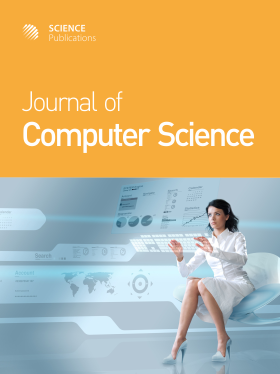Stroke Risk Assessment with Classical ML Methods
- 1 Department of Artificial Intelligence, the University of Jordan, Jordan
- 2 Department of Internal Medicine, the University of Jordan, Jordan
- 3 Internal Medicine, East Midlands Deanery, NHS, England, United Kingdom
- 4 Clinical Attache, United Lincolnshire Hospitals, NHS, England, United Kingdom
- 5 Department of Special Surgery, Division of Urology, the University of Jordan, Jordan
Abstract
Stroke, often caused by a disruption in the supply of essential oxygen, blood, and nutrients to the brain, represents a significant global health challenge. Due to limited resources, developing countries like Ethiopia face unique obstacles in identifying and treating strokes. This study explores the potential of Machine Learning (ML) techniques to predict stroke risk and facilitate early detection and intervention. By doing so, it aims to reduce the burdens of disability, mortality, and healthcare costs associated with strokes. In this research, we utilized four machine learning models: Stochastic Gradient Descent (SGD), Support Vector Machine (SVM), K-Nearest Neighbor (KNN), and Random Forest Classifier (RFC). These models were developed using a dataset from Kaggle, which contained information from 5,110 individuals and various attributes related to each person. Our methodology followed a systematic approach that included data understanding, preparation, experimentation, rectifying inconsistencies, removing duplicates, and resolving errors within the dataset. The ML models were created and rigorously assessed within the Anaconda Python programming environment, with performance evaluation conducted through Confusion Matrix analysis. Our findings revealed that the Random Forest Decision Tree classifier outperformed the others, boasting an accuracy rate of 99.3%. The support vector machine was closely behind at 96.63%, while the k-nearest neighbor and stochastic gradient descent achieved acceptable accuracy. Consequently, we recommend the utilization of the random forest decision tree classifier for further stroke risk prediction endeavors.
DOI: https://doi.org/10.3844/jcssp.2025.134.145

- 325 Views
- 153 Downloads
- 0 Citations
Download
Keywords
- Stroke Risk
- Stroke Risk Prediction
- Random Forest
- SGD
- SVM
